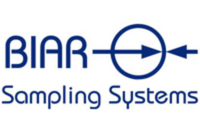
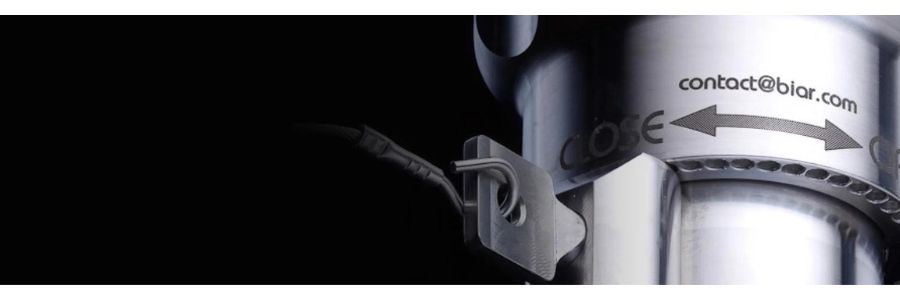
A Sampling System Upgrade to Reduce Sample Panel Problems
Safely sampling hazardous liquefied gas and other volatile or hazardous materials in a chemical manufacturing environment has always been difficult. That’s because techniques and technologies have not evolved significantly. Although Closed Loop Sample Systems and Sample Panels are an improvement over earlier systems, they have too many drawbacks that can reduce quality, safety, and profitability.
Complexity
Closed loop sample systems feature multiple valves, gauges, quick connects, and tubing sections. Operators need to follow a precise sequence of steps to prevent exposure and guarantee a representative sample. The system may also require flushing to ensure a representative sample.
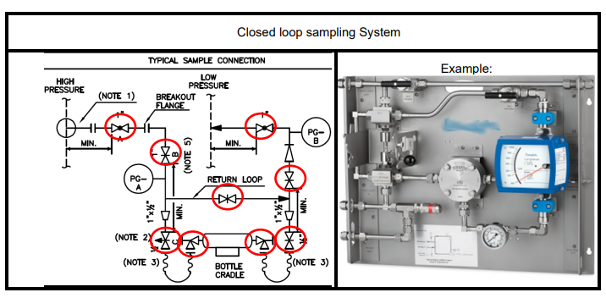
Fig. 1 Traditional sample panels are complex systems with numerous steps required to get a representative sample.
Safety
Complexity can compromise operator safety by increasing the probability of mistakes occurring. When disconnecting the cylinder, the operator may be exposed to trapped gases or may accidentally release product into the environment.
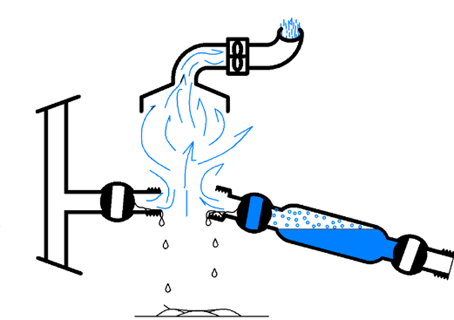
Fig. 2 Operators may get exposed to trapped gases when disconnecting the cylinder. The residue is likely to remain in the system which could influence the next sample.
Durability
Systems that feature multiple valves, quick connects and connections have numerous potential leak points and by the nature of their small tubing - ¼" and smaller - are not robust. They plug often, making the operator's job more complicated and risky.
Maintenance Costs
Sample panels are expensive to maintain because many of their components need to be replaced frequently. This feature also leads to downtime and higher total cost of ownership (TCO). In fact, the maintenance cost of sample panels is often more than their capital cost!
Waste
If flushed product cannot be recycled, it increases waste output. Disposal or neutralization of waste chemicals can be a significant operating expense, and additional product handling can increase risks to worker health and safety.
Conclusion
Despite the above drawbacks, sample panels continue to be widely used, mainly because engineers are not aware of newer and better technologies.
However, there is a simpler, safer, and more cost-effective way to obtain quality representative samples: an inline sample valve.
Specifically, an inline system with only one connection point can eliminate waste and emissions and reduce maintenance costs. These systems are also inherently safer due to their simplicity.
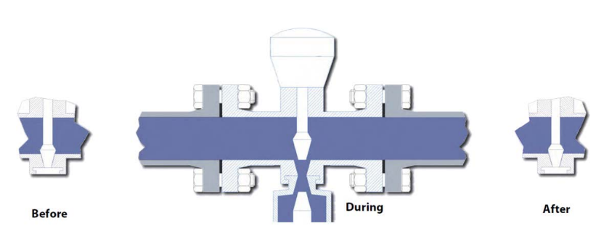
Fig. 2 Operators may get exposed to trapped gases when disconnecting the cylinder. The residue is likely to remain in the system which could influence the next sample.
For sampling technology that allows you to improve safety, quality, TCO, and more…
Want to learn more?

